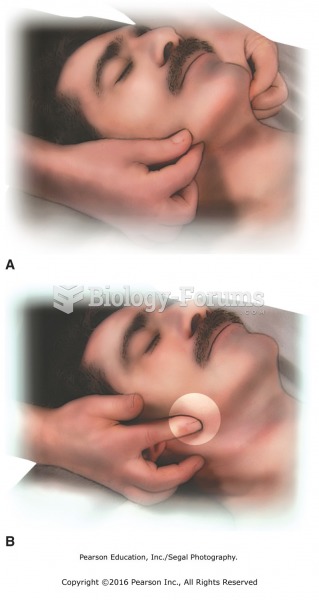|
|
|
The Centers for Disease Control and Prevention has released reports detailing the deaths of infants (younger than 1 year of age) who died after being given cold and cough medications. This underscores the importance of educating parents that children younger than 2 years of age should never be given over-the-counter cold and cough medications without consulting their physicians.
In 1886, William Bates reported on the discovery of a substance produced by the adrenal gland that turned out to be epinephrine (adrenaline). In 1904, this drug was first artificially synthesized by Friedrich Stolz.
In 1844, Charles Goodyear obtained the first patent for a rubber condom.
Hypertension is a silent killer because it is deadly and has no significant early symptoms. The danger from hypertension is the extra load on the heart, which can lead to hypertensive heart disease and kidney damage. This occurs without any major symptoms until the high blood pressure becomes extreme. Regular blood pressure checks are an important method of catching hypertension before it can kill you.
Most childhood vaccines are 90–99% effective in preventing disease. Side effects are rarely serious.
 Press the sides of the head with the palms. Fingertips meet on the forehead and palms lay along the ...
Press the sides of the head with the palms. Fingertips meet on the forehead and palms lay along the ...
 Apply direct pressure to points on low back. Press into paraspinal muscles from the side. Move spot ...
Apply direct pressure to points on low back. Press into paraspinal muscles from the side. Move spot ...
 Massage extensor muscles and apply transverse friction over tendons. Knead and press into forearm ...
Massage extensor muscles and apply transverse friction over tendons. Knead and press into forearm ...




